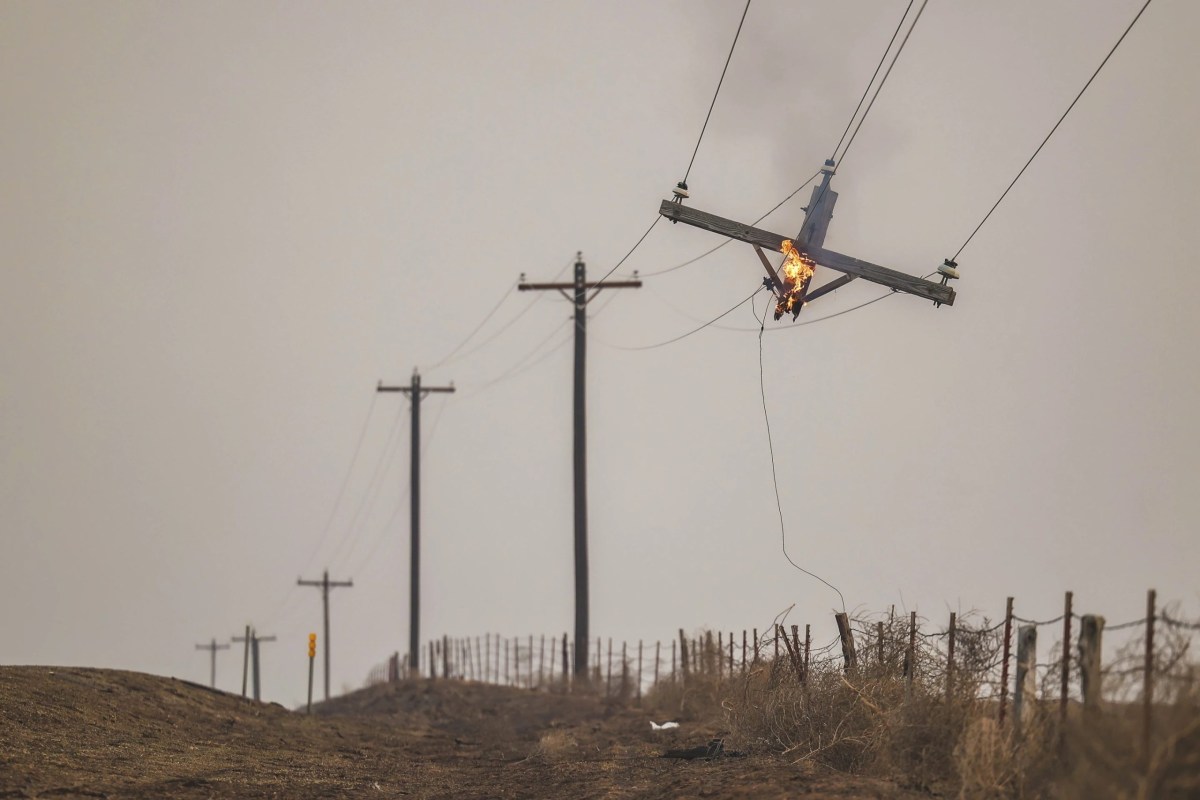|
Listen to this article here
Getting your Trinity Audio player ready...
|
With the arrival of a cold front and some much-needed precipitation, Texas and Oklahoma found temporary relief. The region has been devastated by wildfires, with the Texas panhandle experiencing particularly extensive damage. A series of wildfires have resulted in thousands of people evacuating and over a million acres burned.
The biggest of these fires is the Smokehouse Creek fire which as of Thursday has burned more than 1.1 million acres. It began north of Amarillo before spreading into Oklahoma. At least two reported deaths have occurred: Joyce Blankenship, 83, and Cindy Owens, who was in her 40s. The wildfire has now been deemed the second-largest in U.S. history and the largest ever witnessed in Texas. Governor Greg Abbott has declared a state of disaster in 60 counties.
Many were concerned about a nuclear weapons facility that is located east of Amarillo. Pantex evacuated its workers and created a fire barrier to combat possible encroaching flames. However, because the fires remained north of the plant, work was resumed on Wednesday.
Previously, the worst wildfire experienced by Texans was the Amarillo Complex fire in 2006. This inferno claimed 12 lives and burned 907,000 acres.
Although much of the western and central parts of Oklahoma saw some rainfall on Thursday, the risk of fires will return over the weekend.
Wildfire Prevention
The National Weather Service advises against tossing cigarette butts out of the car window, parking on grass, and driving with a flat tire. While these actions are seemingly small, it only takes a spark to start a dangerous wildfire. Oklahoma had five fires reported on Monday. Two were confirmed to be caused by human actions and the origins of the remaining three are undetermined.
Smokey the Bear was true in his statement that “only YOU can prevent wildfires.” According to the National Interagency Fire Center, nine out of ten wildfires are caused by humans.
Agencies are putting more emphasis on protecting homes against wildfires. The NIFC has several recommendations that can help protect residential properties. They advise homeowners to have accessible driveways with clearly marked addresses, store flammable materials at least 30 feet away from buildings, prune trees and keep vegetation mowed, and keep 100 ft of water hose on site.
Prescribed fires are becoming more commonly practiced in the United States. Agencies use controlled fires to clear dead brush, which can act as accelerants when wildfires break out. Not only do they decrease the severity of wildfires, they can restore health to ecosystems.
Related Stories
Changing Climate, Changing Weather
Typically, wildfire season in Oklahoma begins to pick up speed in March. Then extreme weather including tornadoes is common beginning in April. However, due to a rapidly changing climate, the seasonal schedule of these weather events is becoming harder to predict.
Weather is changing across the different regions of the state. The precipitation rate decreases the further west you go in Oklahoma. This increases the risk of experiencing wildfire destruction. As it becomes drier the EPA expects the frequency and severity of wildfires to increase.
Rural communities make up much of the Texas panhandle and Western Oklahoma. These communities rely heavily on the surrounding natural resources and are at a disadvantage to climate change-induced weather changes.
Remoteness is also working against them. Smaller fire departments aren’t as well equipped to combat fires that spread over large areas. Firefighters continue their work to control the fires before the warm weather resumes this weekend.
As of Friday, authorities have contained only 15% of the flames in Hutchinson County, the starting point of the Smokehouse Creek fire. Issues persist as multiple fires have merged into one another. The weather going into this weekend has a sunny and windy outlook, conditions that the National Weather Service says will act as fuel for the growing wildfires.



Leave a comment